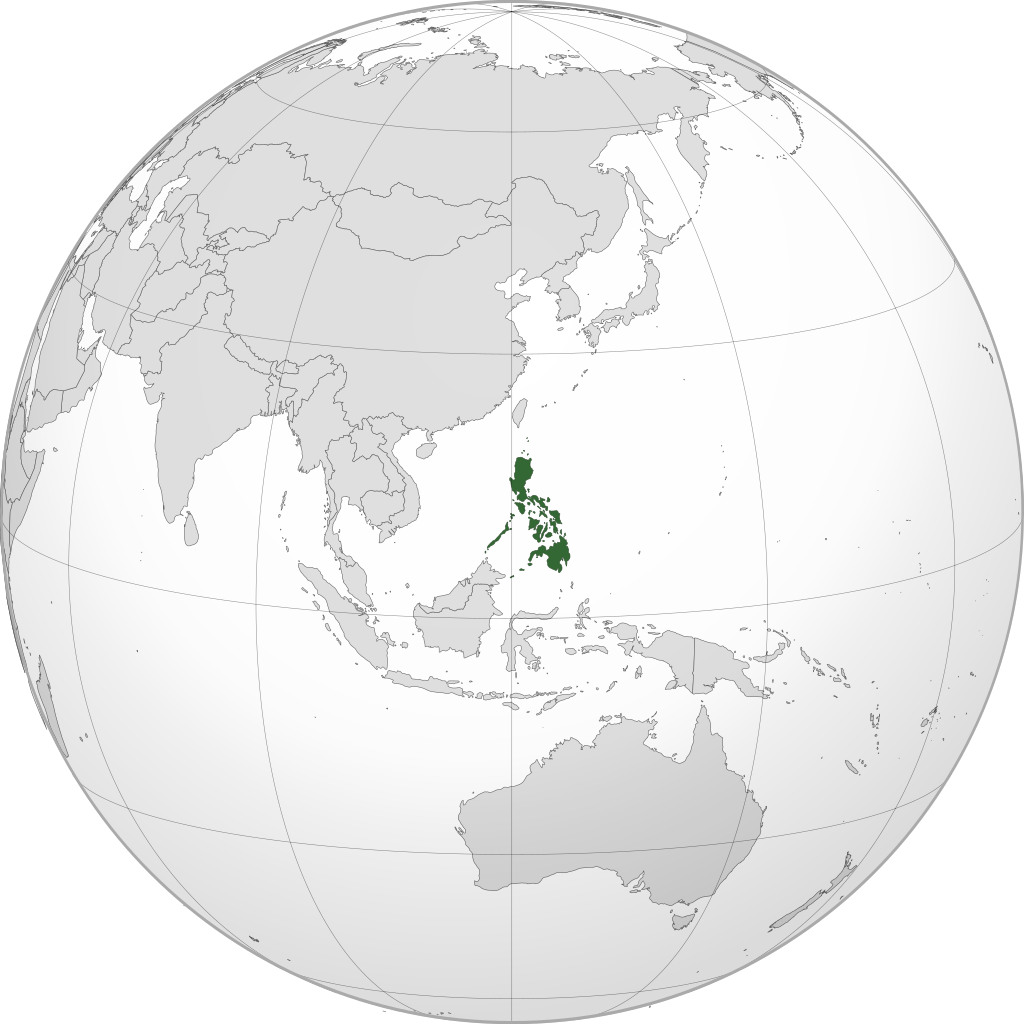More languages
More actions
| Republic of the Philippines Republika ng Pilipinas | |
|---|---|
|
Flag | |
 | |
| Capital | Manila |
| Largest city | Quezon City |
| Official languages | Filipino, English |
| Dominant mode of production | Capitalism |
| History | |
• Independence from Spain | June 12, 1898 |
• Independence from United States | July 4, 1946 |
| Area | |
• Total | 300,000 km² |
| Population | |
• 2021 estimate | 109,991,095 |
The Philippines, officially the Republic of the Philippines, is an island country in Southeast Asia.
History
Philippine–American War
After the end of the Spanish–American War in 1898, the United States invaded the Philippines and colonized it. When the Filipino people resisted, 126,000 U.S. soldiers were sent, killing at least a million people.[1] General J. Franklin Bell estimated that one-sixth of the population on Luzon, the largest island, was killed,[2] and some have even estimated that three million Filipinos were killed.[3]
Marcos dictatorship
The Communist Party of the Philippines was reestablished in 1968 and began a protracted people war against the US-backed dictator Ferdinand Marcos. Marcos suspended habeas corpus in 1971 and declared martial law in 1972. In addition to fighting Maoist rebels, the Marcos regime fought against Moro secessionists led by the Moro National Liberation Front. Marcos was overthrown in 1986.[4]
References
- ↑ Manuel Arellano Remondo (1908). General Geography of the Philippine Islands.
- ↑ "Philippine-American War". The Espresso Stalinist. Retrieved 2022-04-24.
- ↑ E. Ahmed (1971-08-02). The Theory and Fallacies of Counter-Insurgency The Nation.
- ↑ Jose Maria Sison (2012). Rise and Fall of Marcos Fascist Dictatorship.

